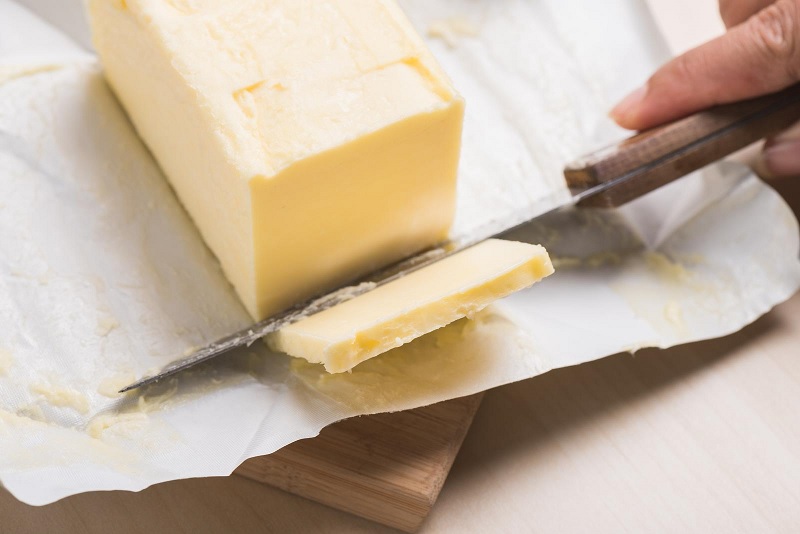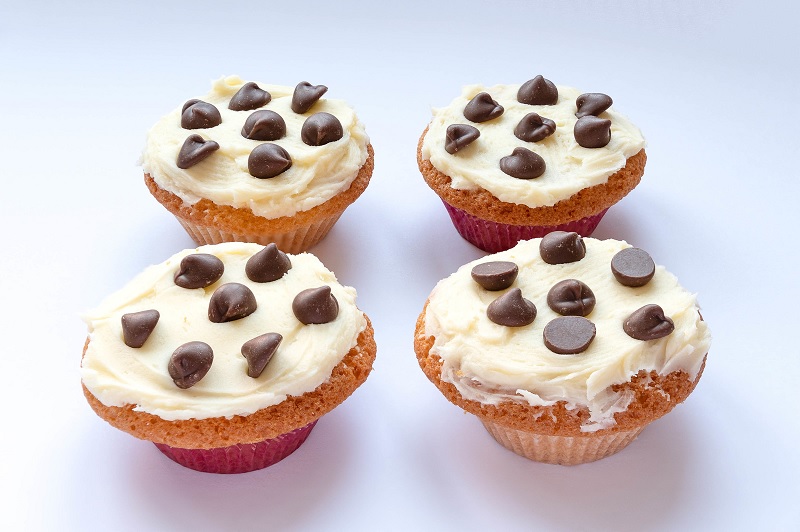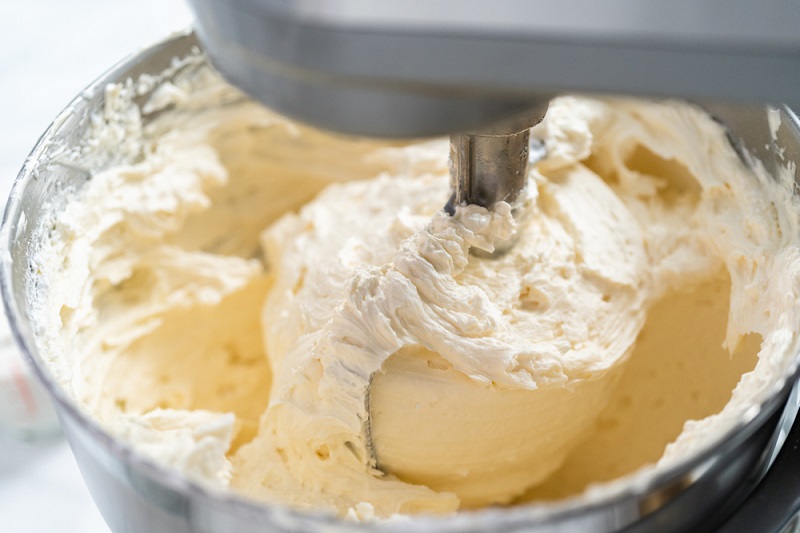As a butter-based type of icing, buttercream is used for a filling or topping for all types of cakes, fairy cakes and muffins.
Slightly thicker in texture, it can be used for decorating as well as layering and spreading inside.
Buttercream is simple to make requiring just icing sugar and creamed butter for the classic recipe, although it is possible to add flavourings too.
The creamy, rich taste of buttercream is unmistakable, but what is the best butter to use in the UK? Here’s what you need to know.
What Butter Is Best for Buttercream in the UK?
The butter you use in buttercream plays a big part in the overall taste and quality of your buttercream.
Therefore, it’s a good idea to put a bit of thought into the butter you choose rather than just grabbing the first one off the shelf.
Here are some tips for choosing the perfect butter.
1. Use either salted or unsalted
You can use either salted or unsalted butter to make buttercream; this will not make any difference in the final result.
2. Use real butter with a high fat content
Look for a real butter that contains higher levels of fat and less water as a sign of high quality. This will help you achieve the best possible buttercream with the distinctive rich and creamy taste.
3. Avoid butter with salt crystals
The only exception is real butter with salt “crystals”. This is a type of gourmet butter that can be found in some supermarkets.
The larger grains of salt in these types of butter can prevent a smooth and consistent texture in the buttercream so are best avoided.

Is Buttercream Better with Butter or Margarine?
Real butter should always be used when making buttercream, not margarine or shortening.
The flavour may seem similar but real butter has a much higher fat content. This is essential when making buttercream as it holds the structure better and provides a richer taste.
What Texture Should Buttercream Be?
Buttercream should always be beautifully smooth with no hint of graininess. This is achieved by beating your butter and icing sugar together until you get the right texture.
Make sure your butter is at room temperature when you start; cold butter is very difficult to mix effectively.
You can make buttercream softer or stiffer, depending on what you’re using it for. However, as a general rule of thumb it should be soft without being runny.
A good test is to lift some buttercream up with your spatula – it shouldn’t immediately slide off but should drop off easily if you tap it on the side of the bowl.
You shouldn’t see any air bubbles in your buttercream. These can ruin the smooth texture and are caused by over-beating the mixture.
If you spot air bubbles in your buttercream, you can often get rid of them by beating for longer but at a very low speed.

How Can I Thicken My Buttercream?
If the buttercream is too runny there are two main options to try to improve the consistency.
The first is to simply add some more icing sugar; add in a tablespoon at a time and mix well before re-assessing the consistency.
The problem with this method is that it can alter the taste and your buttercream may taste too powdery or lose that rich, creamy flavour.
If you don’t think adding more icing sugar is an option, the alternative is just to lower the temperature. This is a particularly effective route if you have been working in a kitchen which is very warm.
Buttercream will naturally thicken as it chills, resolving the problem with the consistency. Often the easiest way to chill the buttercream is just to place in the fridge for 20 minutes; this might be all you need to thicken it to the perfect consistency for icing and spreading.

Chef’s Pick is your guide to the best kitchen equipment and appliances in the UK.
We help you understand the confusing world of cookers, ovens and cookware so you can get the most out of your kitchen.

